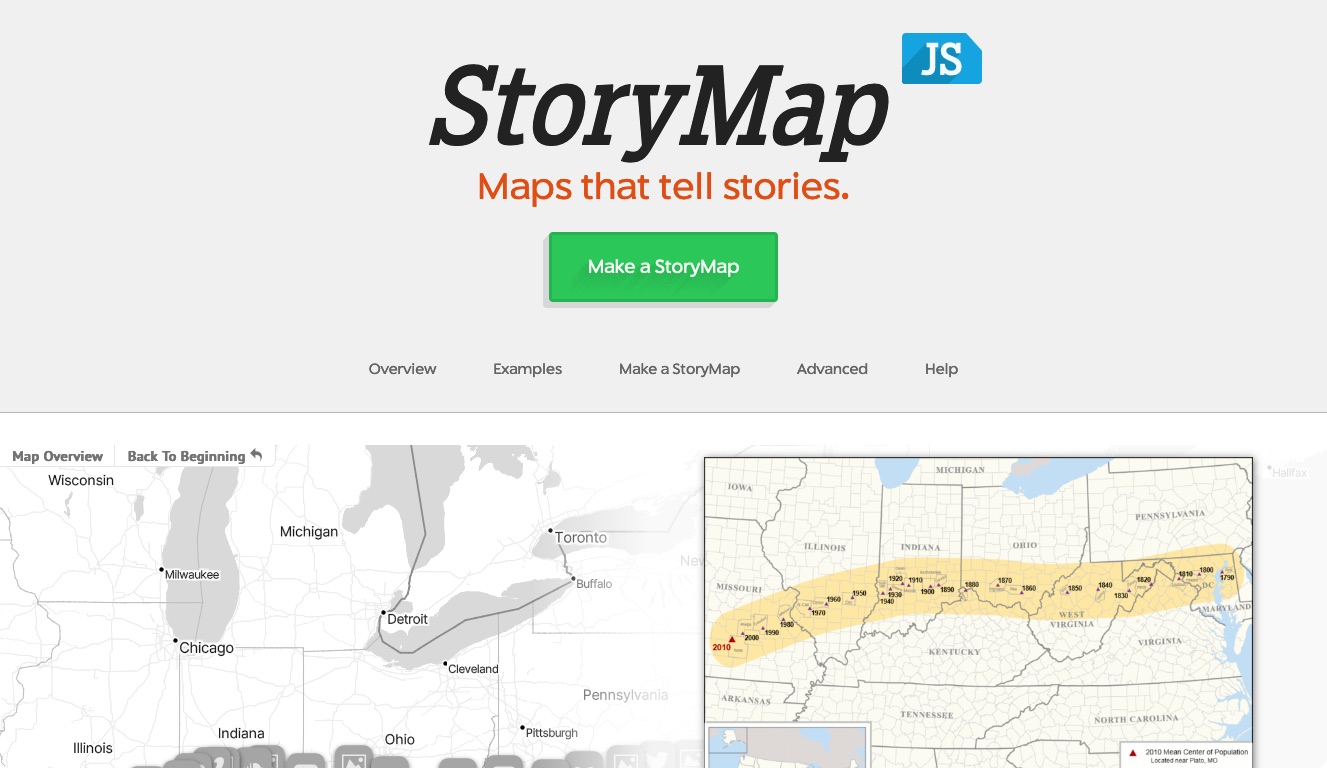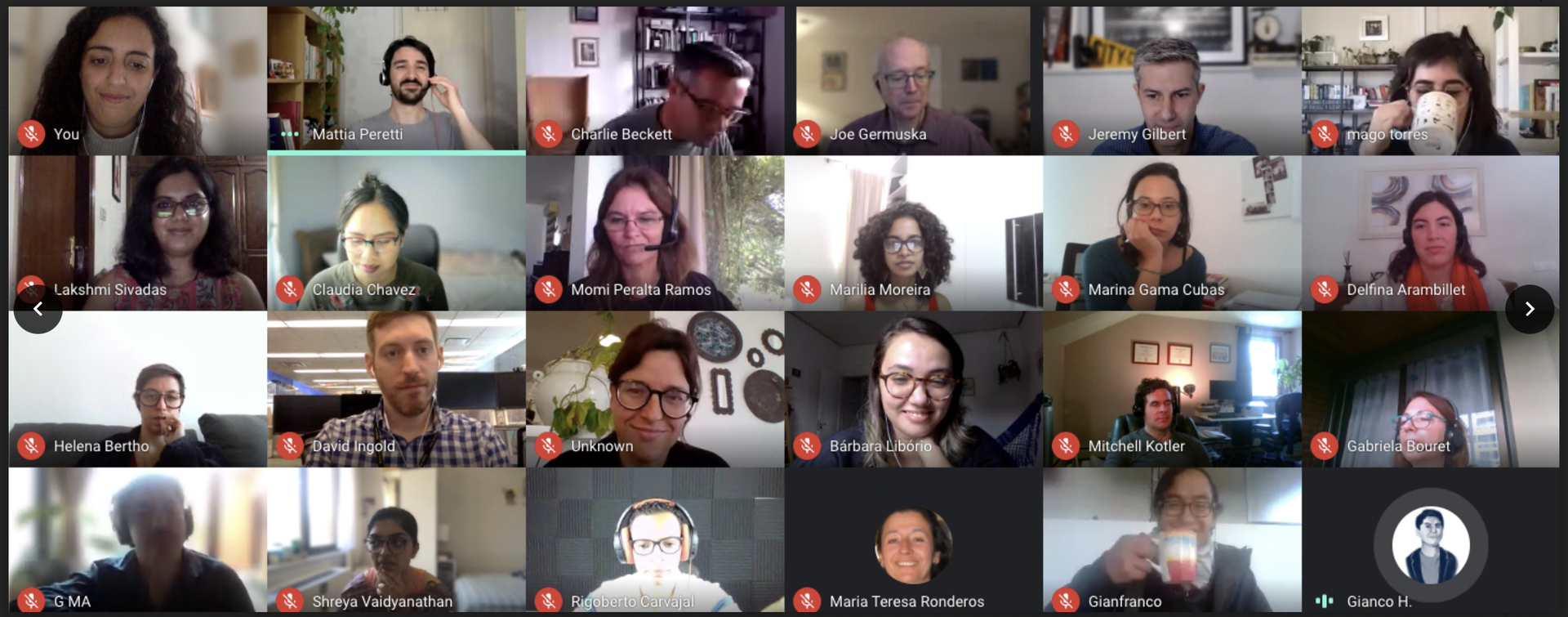Last year, we released the initial version of SoundCite, a tool that helps content creators add inline audio clips to their stories. It was designed to be easy to use for any author (no coding required). We open sourced the project and hoped that our users would guide us on future development.
They have.
Recently The New York Times and Al Jazeera published stories using customized versions of SoundCite that included the ability to do two things: 1) play audio not hosted on SoundCloud, and 2) make SoundCite function on mobile devices — two hurdles the original version of SoundCite had yet to overcome.
Today we are pleased to announce a major update to SoundCite that adds both of those features to the core library.
Self-hosted audio files
SoundCite now plays clips created from any MP3 file. If you can access an MP3 file at an URL, you can use it with SoundCite via the same intuitive interface you've always used.
For those interested in how this works, MP3 playback is implemented within the SoundCite library using the Popcorn.js HTML5 Media framework.
Mobile Support
SoundCite will now work on iPhones, iPads, and other iOS devices, though we recommend using MP3 files for the best mobile performance.
The SoundCloud SDK does not provide reliable seeking within audio streams on mobile devices, which means that if you have SoundCite clips that do not start at the beginning of a file you may experience unpredictable playback behavior. Again, for the best mobile performance, use an MP3.
A few technical details
According to a recent announcement from SoundCloud:
JavaScript SDK version 1 is now deprecated and will be permanently replaced by version 2 on July 1, 2014.
We've updated SoundCite to use the SoundCloud JavaScript SDK version 2 and the tool will automatically load the proper SDK. What this means for you is that the second embed code is a bit shorter, as it's no longer included separately on the page containing your clips
Our embed tool has been updated to reflect this change, and most users won't likely notice any change and can continue to use the tool as they always have.
As always, we love to see what you create. Be sure to share your work with us on Twitter.
Tagged




